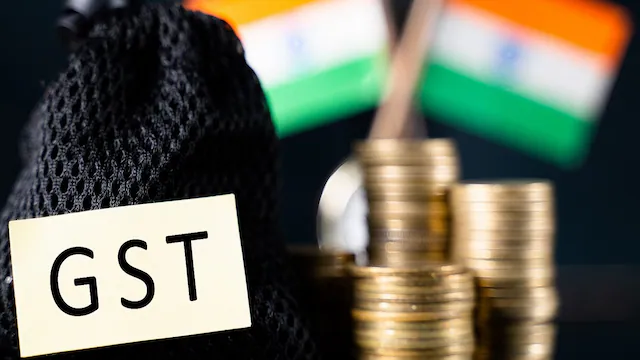In a potentially game-changing development, the central government is actively weighing a revamp of the Goods and Services Tax (GST) structure, with the focus on lowering the burden on middle- and low-income families. According to official sources, the proposal on the table includes either scrapping the 12% GST slab entirely or reducing it to 5% for a range of essential items.
This shift in tax policy could lead to noticeable price reductions on everyday goods. Items currently under the 12% slab—such as geysers, kitchen appliances, toothpaste, bicycles, umbrellas, stationery, ceramic tiles, and certain categories of garments and footwear—are predominantly used by economically weaker and middle-class consumers. Reassigning them to the 5% bracket could significantly ease household expenses.
The financial implications of such a move are considerable. As per internal assessments, the tax rate revision may result in an estimated short-term revenue loss of Rs 40,000–Rs 50,000 crore. Despite this, the government appears ready to bear the cost, banking on a consumption surge that could broaden the tax base and boost long-term GST revenue.
Discussion to be Held on 56th meeting of the GST Council
The matter is expected to be discussed during the 56th meeting of the GST Council, which, as per standard protocol, can only be convened with a 15-day prior notice. The meeting is likely to take place later this month. The Council, chaired by the Union Finance Minister and composed of state finance ministers, holds the constitutional authority to recommend changes to GST rates.
While central authorities are pushing the proposal, not all states are on board yet. Resistance has reportedly emerged from Punjab, Kerala, Madhya Pradesh, and West Bengal. Notably, the GST Council has traditionally worked on a consensus model—voting has occurred only once since the GST regime was launched in 2017.
Another version of the plan under review involves eliminating the 12% slab and redistributing goods into existing categories—either the 5% or 18% slab—depending on their nature and economic relevance. If adopted, this could represent one of the most comprehensive overhauls of the GST framework since its rollout.
FM Sitharaman Acknowledges the Major Step
In a recent interview, Finance Minister Nirmala Sitharaman acknowledged the restructuring efforts, remarking that the government was “actively working towards a more rational structure and considering relief for the middle class on essential items.”
The timing of the proposed reform is politically significant, with national elections on the horizon. Analysts say that such a populist measure could resonate strongly with voters, especially in a period of elevated living costs and inflationary pressures.
Should the Council approve the restructuring, millions of Indian households could soon experience tangible savings on monthly essentials, making it not just a fiscal reform—but a potential vote-winner as well.


